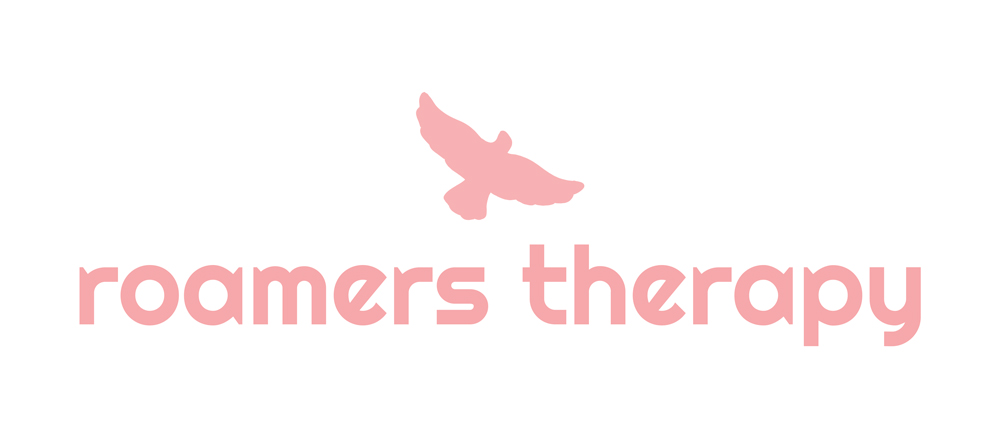What is dichotomous thinking?
In a previous post, we wrote about problematic and unhealthy thinking patterns. Dichotomous thinking (also called black & white thinking) is a type of unhealthy thinking in which a person thinks in absolutes – it must be one way or another. Examples of this type of thinking include someone who believes that if they aren’t perfect, they are a failure; or someone who believes they must do something right or not at all. This type of thinking excludes the gray area of reality.
How am I impacted by dichotomous thinking?
As we learned with the post on problematic thinking styles, our behaviors are motivated by our cognitions. We experience a thought (such as a memory), which triggers an emotion (like happiness), and leads to a behavior (like smiling). When we experience cognitive distortions, such as black and white thinking, we can engage in harmful and debilitating behaviors. The biggest issue with this type of thinking is that we are not viewing the world in which we experience it. Life is unpredictable, complicated, and evolving. Persistent black and white thinking can lead to anxiety, depression, low-self-esteem, and difficulties forming and maintaining meaningful relationships.
Find the Best Therapist in Chicago to Challenge Dichotomous Thinking
There are several ways to combat black and white thinking. Seeing your therapist and working through these thought patterns can be an effective strategy for combating these distortions. However, you can also try challenging yourself to break these thought patterns on your own. Try taking inventory of these thoughts as they come up. Then, challenge yourself by questioning whether there is any evidence to support your thought and then see if there is any evidence that disproves your thought. Afterwards, try to develop alternative perspectives for the situation. Another option is to question if the thought is helpful. If it’s helpful to believe, then there is nothing to be done. If it isn’t helpful; however, consider where this thought came from; chances are that this thought came from a former event. Try to link the thought back to the memory and name it something. The idea is that whenever you have a similar thought, you can remember the name and remember that the thought is just a story and there’s no need to believe it. Beyond all, it’s important to recognize that just because something feels dichotomous does not mean it is. Life is complicated and very gray.
At Roamers Therapy, our psychotherapists are here to support you through anxiety, depression, trauma and relationship issues, race-ethnicity issues, LGBTQIA+ issues, ADHD, Autism, or any challenges you encounter. Our psychotherapists are trained in Cognitive Behavioral Therapy, Dialectical Behavioral Therapy, Psychodynamic Therapy, Acceptance, and Commitment Therapy, Person-Centered Therapy, and Gottman Therapy.
Whether you’re seeking guidance on a specific issue or need help navigating difficult emotions, we’re ready to assist you every step of the way.
Contact us today to learn more about our services and schedule a session with our mental health professionals to begin your healing journey. To get started with therapy, visit our booking page.
First, decide if you’ll be paying out-of-pocket or using insurance. If you’re a self-pay client, you can book directly through the “Book Now” page or fill out the “Self-Pay/Out-of-network Inquiry Form.” If you’re using insurance, fill out the “Insurance Verification Form” to receive details about your costs and availability. Please let us know your preferred therapist. If your preferred therapist isn’t available, you can join the waitlist by emailing us. Once your appointment is confirmed, you’ll receive intake documents to complete before your first session.
This page is also part of the Roamers Therapy Glossary; a collection of mental-health related definitions that are written by our therapists.
While our offices are currently located at the South Loop neighborhood of Downtown Chicago, Illinois, we also welcome and serve clients for online therapy from anywhere in Illinois and Washington, D.C. Clients from the Chicagoland area may choose in-office or online therapy and usually commute from surrounding areas such as River North, West Loop, Gold Coast, Old Town, Lincoln Park, Lake View, Rogers Park, Logan Square, Pilsen, Bridgeport, Little Village, Bronzeville, South Shore, Hyde Park, Back of the Yards, Wicker Park, Bucktown and many more. You can visit our contact page to access detailed information on our office location.
